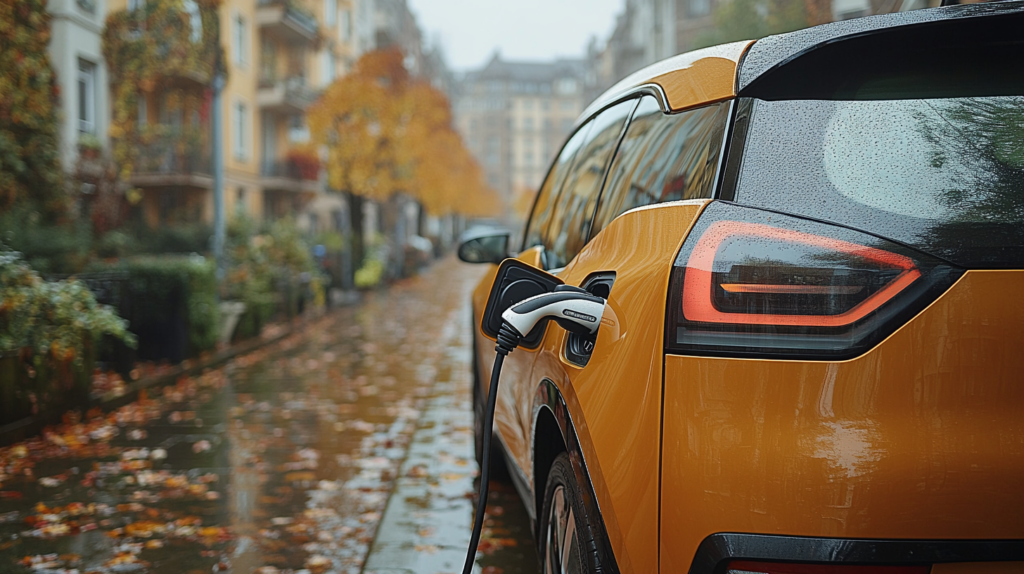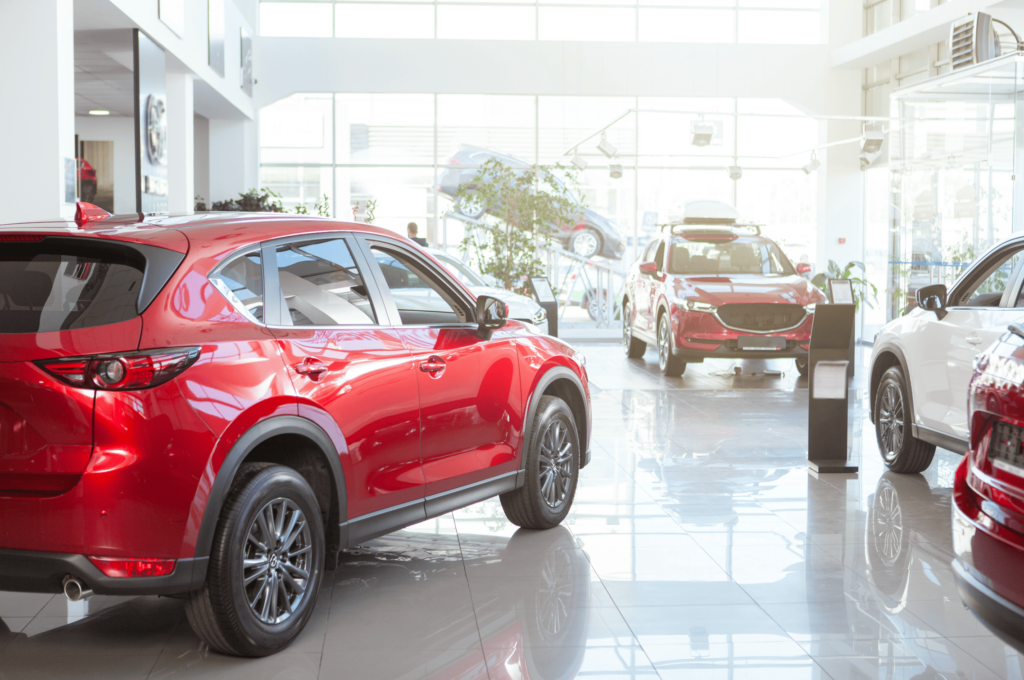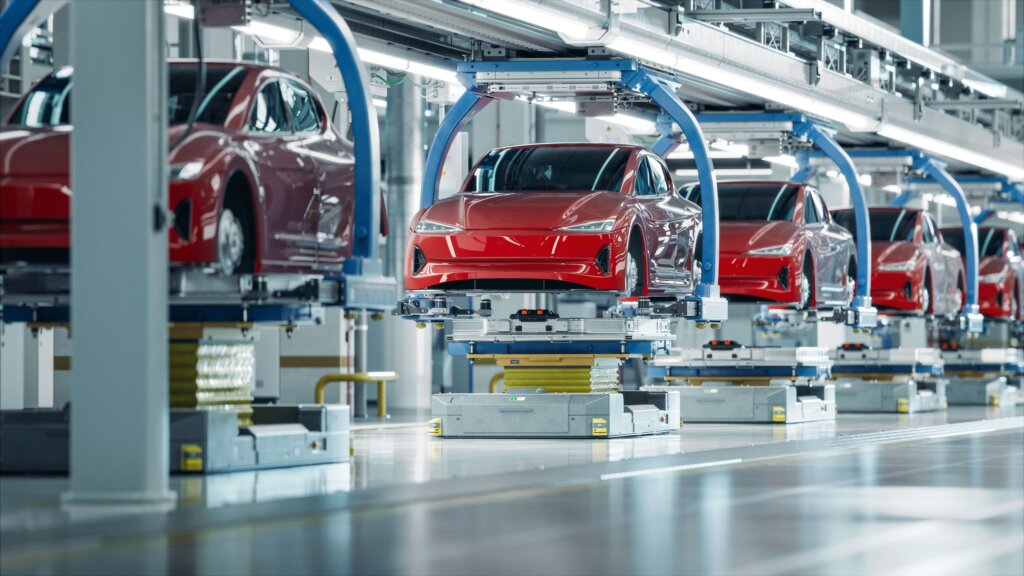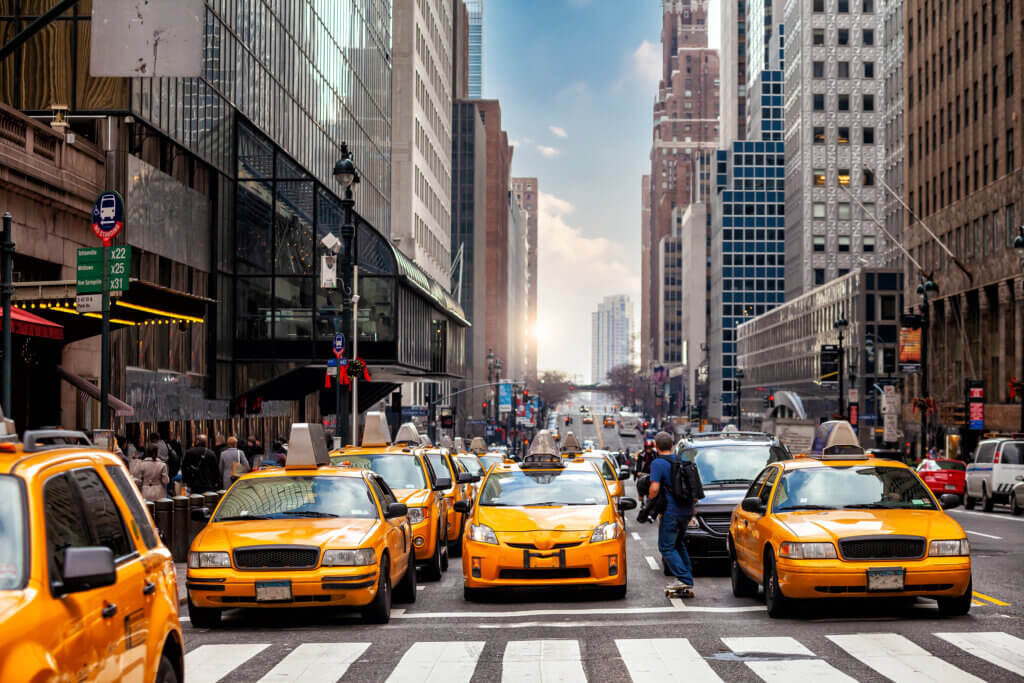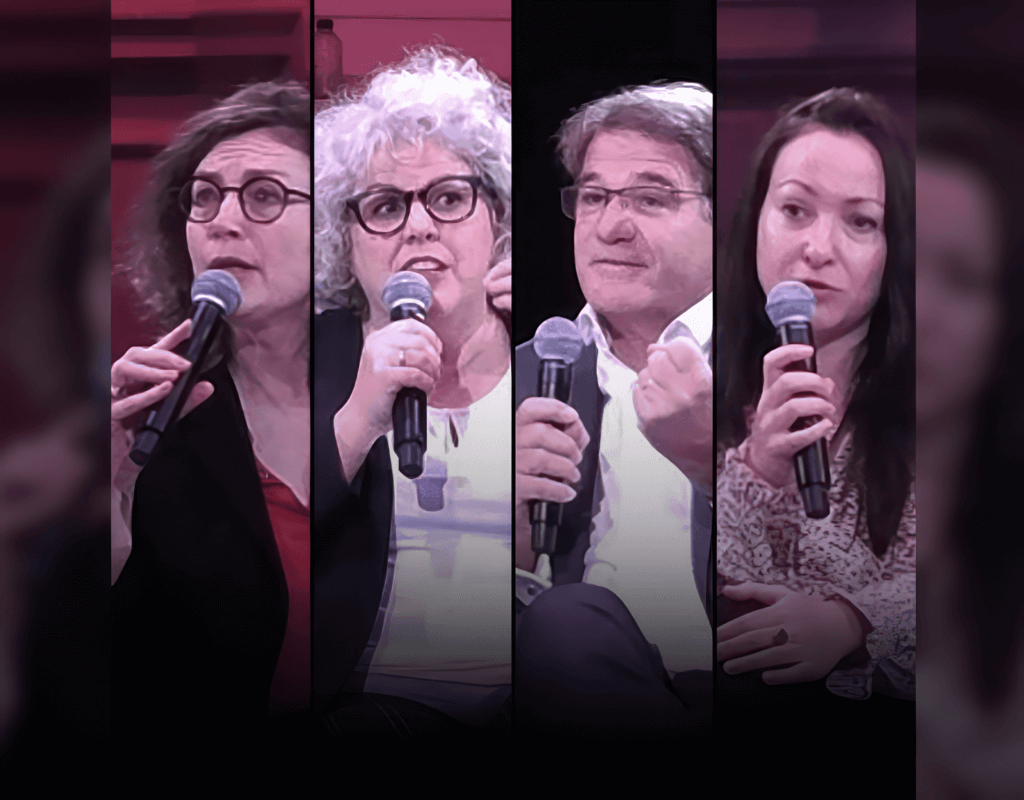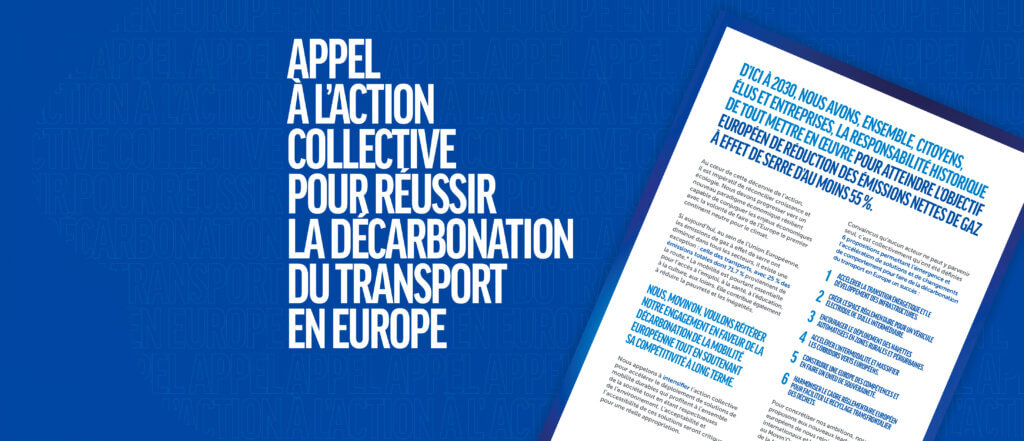Google’s Waymo Zooms Past Robotaxi Rival
The California Public Utilities Commission has handed Waymo approval to expand its driverless ride-hailing service in the sprawling City of Los Angeles and on the San Francisco Peninsula. There are plenty of objections, but Waymo wants to stay ahead of its competition, General Motors’ Cruise, now sidelined over safety concerns.
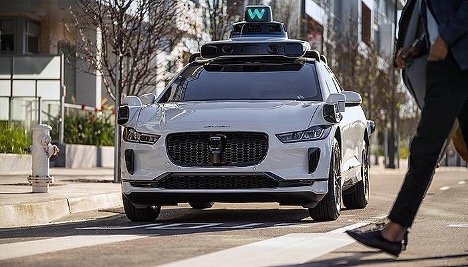
The California Public Utilities Commission this week gave Waymo the green light to expand its driverless ride-hailing service in the sprawling City of Los Angeles and on the San Francisco Peninsula. A subsidiary of Alphabet Inc, Google’s parent company, Waymo can now charge passengers for trips in its robotaxis, which run without human safety drivers behind the wheel.
A statement released by Waymo says the CPUC’s approval represents a “vote of confidence in our operations, which paves the way for the deployment of our commercial Waymo One service in LA and the SF Peninsula.”
In the Bay area, Waymo’s new robotaxi service territory stretches from San Francisco to include 22 cities on the Peninsula. Waymo operates 438 custom-designed Jaguar I-PACE electric SUVs for ride-hailing in California alone. They travel at speeds of up to 65 mph and are permitted on both local roads and freeways.
Waymo plans to add 20,000 more Jaguar I-PACE electric SUVs in the next few years, the company said, adding, “That’s enough to drive about a million trips in a typical day.”
Waymo now can also operate in a large part of Los Angeles, the second largest U.S. city. Despite safety concerns, and over protests by local officials, the Waymo expansion will begin soon, giving residents of Los Angeles and Peninsula cities the opportunity to experience driverless travel.
The expansion of Waymo’s service is expected to increase the adoption of self-driving cars in California. But some local officials and residents have expressed concerns over the safety and impact of the driverless electric vehicles, especially in dense urban areas.
Currently, local jurisdictions have no input into decisions about the commercial deployment of autonomous vehicles on their streets. The Public Utilities Commission approved the expansion of Waymo’s operations despite letters of opposition from officials in South San Francisco, San Mateo and Los Angeles counties, and multiple transportation agencies.
In a protest letter to the commission, the Los Angeles Department of Transportation argued that there needs to be standardization of disengagement protocols and increased oversight of the automated vehicles before they are deployed.
“Any expansion by Waymo will set a precedent for these companies and those looking to enter the marketplace to deploy without any rules or safeguards in place that were promulgated without meaningful coordination with local jurisdictions,” the Los Angeles DOT letter said.
Los Angeles Mayor Karen Bass asked regulators in November 2023 to increase their scrutiny of autonomous vehicles and said the city should have a say in how they are regulated.
Some Los Angeles officials have backed legislation introduced by State Senator Dave Cortese, a San Jose, California Democrat, that would give local officials more power to regulate robotaxis.
Los Angeles County Supervisor Janice Hahn said in a statement, “These robotaxis are far too untested and Angelenos shouldn’t be Big Tech’s guinea pigs. Decisions like this one should be informed by cities, not made over city objections.”
The Public Utilities Commission said it would continue to monitor and evaluate Waymo’s performance and compliance with the regulations, and solicit feedback from the public and stakeholders.
A Waymo spokesperson said, “We’ve tested for over a decade in more than 10 states, and today we are safely operating a fully autonomous, publicly available ride-hailing service in Phoenix, San Francisco, and Los Angeles.”
GM's Cruise Re-approaches the Robotaxi World
A subsidiary of General Motors Co, GM Cruise LLC develops and builds self-driving vehicles. Headquartered in San Francisco and Waymo’s main competitor, Cruise is in a different situation.
In the summer of 2023, GM-owned Cruise had announced testing of its self-driving electric vehicles in 14 cities, including Atlanta; Charlotte; Miami, Nashville, Raleigh, San Diego, Seattle, and Washington, DC; with Dallas and Houston at the top of the list for quick commercialization.
“We’re on a trajectory that most businesses dream of, which is exponential growth,” Cruise CEO Kyle Vogt told GM shareholders in July 2023 when Cruise planned to deliver US$1 billion in revenue to GM in 2025.
But just a few months later, in October, the California Department of Motor Vehicles revoked Cruise’s license to operate any of its 510 robotaxis in the state.
The revocation came after an accident that month in which a woman was dragged 20 feet (six meters) by a Cruise vehicle in San Francisco after the Cruise was struck by a human driver. The victim survived her injuries.
An analysis commissioned by GM showed the Cruise failed to detect the woman’s location, and incorrectly identified what part of the car hit the woman. Further, an error about where the Cruise itself was caused the vehicle to continue moving after hitting the woman instead of making an emergency stop, Reuters reported, citing the analysis by engineering consultancy Exponent.
At the time Cruise voluntarily paused its driverless vehicle operations across the country.
But now, Cruise is preparing to restart testing and operating on public roads, with the first rollouts planned for Dallas and Houston, the two largest cities in Texas.
For 2024, GM slashed spending on Cruise by $1 billion although the driverless vehicles were popular, said General Motors CEO Mary Barra in a March 1, 2024 interview with Barron’s.
“The people who were regularly using Cruise loved it. Ratings were very high,” said Barra, who was named General Motors CEO in 2013.
“As you go to a new community – and this is a big lesson learned – you have to build the right relationships with local, state and federal regulators. And you also have to build a good relationship with first responders. They need to understand the technology,” Barra said.
OVER 40,000 PEOPLE LOSE THEIR LIVES IN VEHICLE ACCIDENTS EVERY YEAR IN THE U.S., AND OVER 90 PERCENT OF ACCIDENTS ARE CAUSED BY HUMAN ERROR. AUTONOMOUS VEHICLES DON’T DRIVE IMPAIRED. THEY FOLLOW ALL THE TRAFFIC LAWS.” – Mary Barra, Chief Executive Officer, General Motors
To guarantee safety and answer the concerns of regulators and the public, the new Cruise rollout will not be truly autonomous. The vehicles will have safety drivers ready to take the wheel if necessary, but they won’t have to keep their hands on the wheel at all times. GM Super Cruise is a semi-autonomous driver assistance feature that allows drivers to take their hands off the steering wheel during extended periods of highway driving.
According to the U.S. National Highway Safety Administration’s Automated Vehicles for Safety document, General Motors Super Cruise is qualified as a Level 2 type of autonomous technology, which means it is not a fully autonomous system, but is classed as a driver assistance feature.
Barra has repeatedly committed GM to keep supporting Cruise, which recorded a $2.7 billion pretax loss last year and burned through roughly $1.9 billion.
While continuing to invest in the Cruise technical team, Barra says GM is not rushing the Cruise rollout, and the company will first take steps to rebuild trust with regulators and the public.
A First: Insurance Claims Inform Safety Analysis
Waymo partnered with reinsurance giant Swiss Re in 2022 to advance risk assessment methodologies and approaches to evaluating the safety of autonomous vehicles.
Their first report, issued in September 2023, showed that Waymo’s autonomous vehicles are safer than those driven by humans.
In the more than 3.8 million miles that Waymo drove without a person behind the steering wheel across San Francisco, California and Phoenix, Arizona, there were no bodily injury claims at all and there was a reduction in the frequency of property damage claims.
“THIS FIRST-OF-ITS-KIND RESEARCH HELPS ILLUMINATE NOT ONLY THE DYNAMICS THAT GOVERN AUTONOMOUS VEHICLE SAFETY, BUT HOW THE RE/INSURANCE INDUSTRY CAN PROVIDE THE LEVEL OF SECURITY AND SUPPORT THAT WILL SPUR WIDESPREAD ADOPTION OF THIS NEW TECHNOLOGY.” – Luigi Di Lillo, Head Products & Partnerships, P&C Solutions, Swiss Re
“For a long time, there has been a need for a comparison of autonomous vehicle providers and human driven vehicles, and we are now able to provide this,” Di Lillo said.
With this research, Swiss Re and Waymo have for the first time used liability claims to compare the safety performance of autonomous and human drivers.
“The Waymo Driver is already improving road safety in cities where we operate – a conclusion we’ve come to by analyzing our Driver’s safety performance and through peer-reviewed research,” said Mauricio Peña, Chief Safety Officer at Waymo. “This cutting-edge study provides robust evidence that our Driver is in fact reducing injuries on the streets of San Francisco and Phoenix today.”
Apple Is Out
In late February, Apple canceled all its plans to release an autonomous electric vehicle. Bloomberg reports that Apple has been working on an Apple Car for a decade and invested millions of dollars into development before deciding it was not a viable project.
From 2014 until 2023, Apple Inc. worked to develop an electric self-driving car, codenamed “Project Titan.” Apple held its work close to the chest and never discussed any of its automotive research, but in 2018 some 5,000 employees were reported to be working on the Apple Car.
But on February 27, 2024, Apple’s Chief Operating Officer Jeff Williams told some 2,000 employees working on the Apple Car that the entire project was canceled. Most of the project’s resources are being moved to Apple’s generative AI projects.
Meanwhile, Waymo is expanding, testing its self-driving Jaguar I-PACE electric SUVs in Austin, Texas. Austin will be Waymo’s next major ride-hail city, joining Phoenix, San Francisco, and Los Angeles.
Toute l’actualité de Movin’On
dans votre boîte mail
Auteur
Partager
Tweets de @movinonconnect
Movin'On 2035 TODAY EP02 - Circular Economy & Competitivity
Movin’On 2035 TODAY EP01 – Fair Mobility for All https://x.com/i/broadcasts/1yNxagBrWZbGj
✨ THAT'S A WRAP!
Movin'On Summit 2024 has just concluded in Brussels!
More than 350 leaders and experts in sustainable mobility gathered to exchange ideas, collaborate, and share their vision for desirable and decarbonised mobility in Europe. Together, we explored ways to build…
🔴 Live from #MovinOnSummit2024
@AshaSumputh has just invited Denis Machuel, CEO at @AdeccoGroup and Florent Menegaux, President of the @Michelin Group & President of Movin'On
L’actualité de la mobilité durable
Découvrez les dernières tendances, des analyses thématiques et nos prochains rendez-vous

